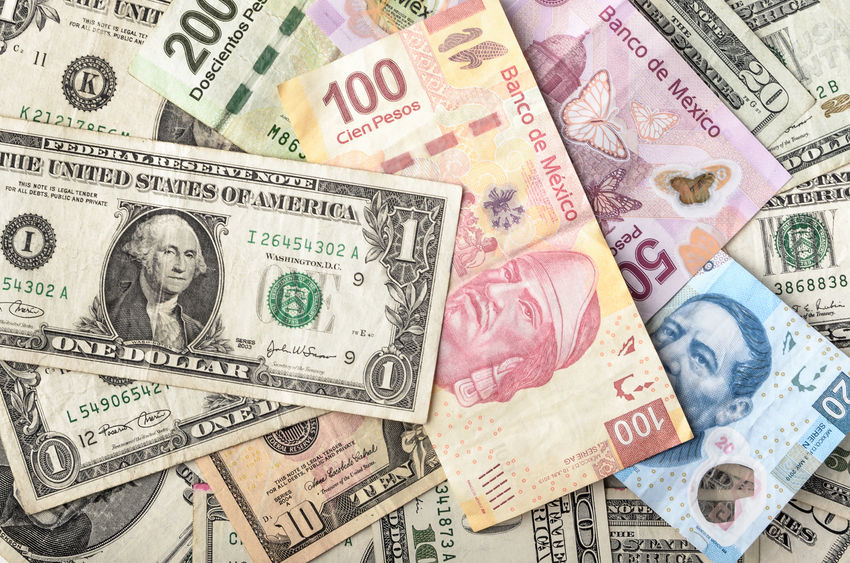
In the global economic landscape, monetary policy adjustments by the Federal Reserve System (Fed) have always been a focus of attention in global financial markets. Recently, the market generally expects the Federal Reserve to implement interest rate cuts in September this year. This expectation not only reflects the reality of slowing global economic growth, ongoing trade tensions, and mild domestic inflation pressure, but also indicates a new round of adjustment in the Federal Reserve's monetary policy stance. Although the specific magnitude and pace of interest rate cuts are still shrouded in uncertainty, market and analysts from all walks of life have begun to explore the deeper meaning of this policy shift and its potential impact on the global economic and financial landscape.
Firstly, the slowdown in global economic growth is one of the important factors for the Federal Reserve to consider interest rate cuts. In recent years, the global economic growth momentum has significantly weakened due to multiple factors such as the rise of trade protectionism, frequent geopolitical conflicts, and emerging market debt issues. As an important engine of the global economy, the US economy is also facing pressure of slowing growth. Data shows that the slowdown in manufacturing activity, fluctuations in consumer confidence index, and weak investment growth in the United States are all constraining economic growth. In this context, reducing interest rates to stimulate economic activity and boost market confidence has become an inevitable choice for the Federal Reserve.
Secondly, the sustained mild inflation level also provides room for interest rate cuts. Although the Federal Reserve has always made maintaining price stability one of its primary goals, the current inflation rate in the United States is still below its target level of 2%. This means that in situations where inflation pressure is not high, the Federal Reserve has more room to adjust interest rate levels to cope with economic downturn risks.
The market generally believes that this interest rate cut marks a shift in the Federal Reserve's monetary policy from a tightening cycle in recent years to a neutral or even loose cycle. Since the start of the interest rate hike cycle at the end of 2015, the Federal Reserve has raised the federal funds rate multiple times to prevent economic overheating and financial risks. However, with changes in the domestic and international economic environment, the Federal Reserve has begun to re-examine its monetary policy stance and gradually adjust towards a neutral or even loose direction. The core of neutral monetary policy is to neither excessively stimulate the economy nor excessively suppress demand, aiming to maintain stable economic growth and stable price levels. For the Federal Reserve, this means that while cutting interest rates, it needs to pay close attention to economic growth, inflation and financial market conditions to flexibly adjust the strength and pace of policies to avoid a new round of asset foam and financial risks caused by excessive easing.
Although the market generally expects the Federal Reserve to cut interest rates in September, there is still significant uncertainty regarding the specific magnitude of the rate cut and the pace of subsequent adjustments. On the one hand, this depends on the actual performance of US economic data. If economic data remains weak and inflationary pressures remain below target levels, the Federal Reserve may take more aggressive interest rate cuts; On the contrary, if there are signs of improvement in economic data, the Federal Reserve may slow down the pace of interest rate cuts or even pause them. On the other hand, changes in the global economic and financial situation will also have an impact on the policy adjustments of the Federal Reserve. For example, factors such as the development of trade disputes, the coordination of monetary policies among major economies, and the stability of international financial markets may all become important considerations for the Federal Reserve's decision-making.
The market turbulence is quietly unfolding under the expectation of the Federal Reserve's September interest rate cut. Against the backdrop of slowing global economic growth and moderate inflationary pressures, the Federal Reserve's interest rate cut policy is not only a positive response to the current economic situation, but also an important shaping of the future economic and financial landscape. Although there is still uncertainty about the specific magnitude and pace of interest rate cuts, the market generally expects the Federal Reserve to gradually shift towards a neutral monetary policy and continue to make flexible adjustments based on the economic situation in the coming period. The Fed's interest rate cut policy will not only have a profound impact on the domestic economy of the United States, but also have an important role in the global economic and financial landscape. For global investors, closely monitoring the Federal Reserve's policy movements and their impact on the global economy and finance will be the key to seizing market opportunities and avoiding risks.

The data from multiple public opinion polls conducted in December 2025 depict the collective anxiety of American society: over 75% of adult citizens are concerned about the sustainability of the social security system, 43% express "extreme concern", and 30% of respondents believe that social security benefits may completely disappear before they retire.
The data from multiple public opinion polls conducted in De…
When the London spot silver price surged by over 137% withi…
Recently, the technology industry has been stirred again by…
According to the Financial Times, the combined market capit…
Recently, Japanese Prime Minister Sanae Takaichi announced …
In the bitter winter at the end of 2025, the smoke of the R…